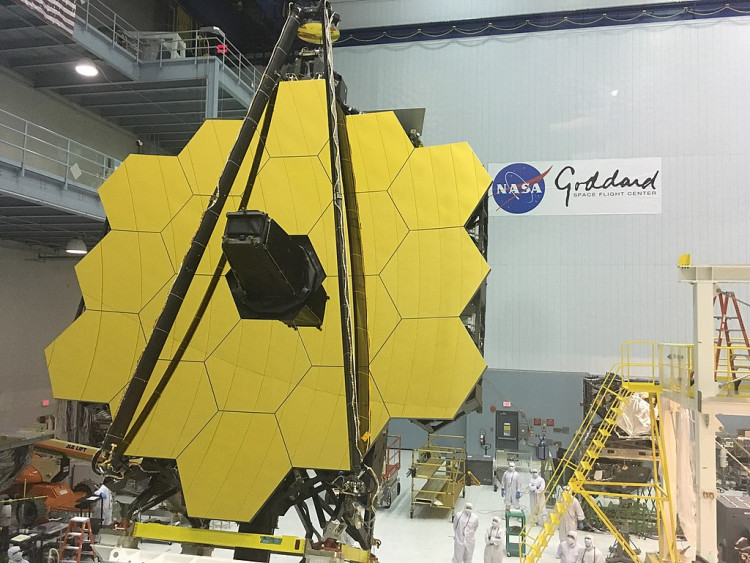NASA's James Webb Space Telescope has now endured all of the extreme circumstances involved with a rocket flight to space with the completion of the new set of groundbreaking tests.
Recent Webb tests have confirmed that the fully assembled observatory can survive the thunderous noise and the shocking shakes, rattles, and vibrations encountered by the space telescope during liftoff. NASA has collaborated closely with its international partners to adapt Webb's research setting exactly to what Webb will face both on the day of launch and while running in space by way of "acoustic" and "sine-vibration" monitoring.
"Environmental testing demonstrates Webb's ability to survive the rocket ride to space, which is the most violent portion of its trip to orbit approximately a million miles from earth," said Bill Ochs in a statement., Webb project manager for NASA Goddard Space Flight Center in Greenbelt, Maryland.
While each part of the telescope has been rigorously tested during construction, it is a major accomplishment for the project to prove that the assembled flight hardware is able to successfully travel through a simulated launch environment. Completed in two different facilities within the Space Park of Northrop Grumman in California, these experiments represent the final two of Webb's lengthy set of environmental testing before being delivered for launch to French Guiana.
Upon successful completion of the final acoustics testing and to replicate the low-frequency noises that exist during liftoff, Webb was again packed and shipped to a different facility. While on a specialized shaker table capable of accurate vertical and horizontal acceleration, Webb was put inside. Where acoustic monitoring simulates the launch's high-frequency effects, the lower frequencies sensed are compensated by vibration testing.
Before being encapsulated in a specialized shipping container for shipment to South America, Webb is now expected to step on for the last continuous extension of its famous primary mirror and sun-shield, followed by a total systems review.
The best way to recreate the true set of events that the observatory would encounter at launch, and when executing its dynamic deployment sequence in space, is to deploy the observatory after observing a simulated launch environment. An initial review indicates that the observatory has gone successfully through observatory stage acoustic and vibration monitoring, but after Webb has successfully concluded final deployment checks, a thorough evaluation of flight worthiness will occur.
Due to the COVID-19 scenario, which is causing significant disruption, engineers and technicians have to follow improved personal safety protocols. The team has resumed near-complete operations and is now planning for the final test phase.





